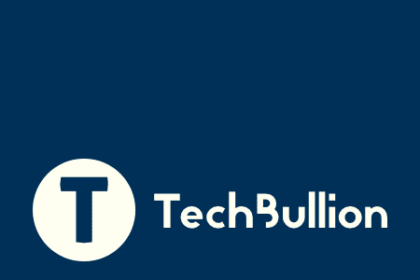Every IT company faces the challenge of finding suitable software. Using multiple services has disadvantages: it’s hard to keep track of everything, and paying for these services is anything but budget-friendly. In addition, not all services have the necessary features. Outsourcing and outstaffing companies, for example, often work hourly and therefore need a service that can record and store all this work time. The solution here is time tracking and a unified management system that helps store all information and interact with customers and employees through a single interface.
What Prevents IT Companies from Scaling?
In 2024, there will be over 585,000 IT companies in the US, including small start-ups and large corporations. In a competitive environment, small businesses must offer more modern and higher-quality services to retain and grow their customer base. Companies use outsourcing or outstaffing services to increase economic efficiency, hiring specialists or entire teams from outside companies to complete tasks or projects.
Like outsourcing, outstaffing has its pitfalls: high employee turnover, data loss, and security breaches. Additionally, 35% of business leaders believe that such external workers are less responsible and focus more on the quantity of hours rather than the quality of work. Therefore, a practical system with time tracking must record all hours worked, which is crucial for calculating salaries.
Not all management systems offer time tracking, so you must choose carefully. Furthermore, the cost of software for IT companies is rising rapidly. According to Gartner, global spending on enterprise software will reach 750 billion US dollars in 2023, an increase of 9.8% over the previous year. Therefore, both system functions and costs are decisive in the decision-making process.
To improve productivity and optimize workflows, management systems with time-tracking functions are indispensable for small and medium-sized IT companies.
Time Tracking: Optimize Business Processes
Time tracking records and analyzes the time spent on various tasks and projects. Let’s examine how an IT company can use time-tracking functions in management systems.
Workload Distribution
Employees can use automatic time tracking or manually record their hours in the system to distribute the workload throughout the week. This feature allows for the analysis of team or individual workloads, minimizing downtime and project delays.
Efficiency Evaluation
Managers can use automatically calculated employee hours to set skill and overtime coefficients to determine efficiency.
Productivity Monitoring
Managers can monitor the company’s overall productivity, track project progress, and ensure that projects meet deadlines within budget. Weekly or monthly project reports help to identify and resolve problems immediately.
Resource Accounting
The system’s reports can track all the company’s resources. For example, you can analyze spending on a particular project, and all associated costs can be automatically totaled and compared to the planned budget.
Automated Billing
You can also use reports to bill customers. For example, a subscription-based company can display the hours worked and paid. Some management systems can automatically generate and email such reports to clients at a specified time.
All-in-One solutions for IT companies
Not all management systems offer time tracking, so companies often use additional services. However, there are all-in-one systems such as Planfix, Wrike, ClickUp, and Monday.com. Wrike and Monday.com, for example, offer time tracking for their expensive plans, while ClickUp offers it for all plans.
Let’s take a look at what Planfix can offer IT companies:
- Planfix offers data tag tools to manage time, finances, and other resources. The data tags work together with reports: users enter information into tasks, which are then compiled into reports for easy analysis. For example, you can view all hours spent on a project and their costs over a certain period and manage employee payments.
- Planfix also allows you to manage different directories to store and use various information. The directories can contain customer data, employee information, services rendered, and their costs. You can also configure access to the directories to prevent data leaks.
- Planfix offers various integration services to simplify customer communication and automate order processing. These services allow you to receive customer orders from email services or social networks and reply directly from Planfix. You can also set up an order acceptance template that automatically fills out a customer card with all known information.
- Planfix supports workflow automation with scripts — automatic processes for tasks or contacts associated with specific triggers. You can also use webhooks and APIs to transfer data between services automatically. For example, you can automatically notify the customer and issue an invoice after completing an order.
Conclusion
Small IT companies need cost-effective management systems in a highly competitive environment. Planfix’s comprehensive approach sets it apart from the competition, offering powerful tools for time tracking, resource management, and process automation. By implementing Planfix in your company, you can significantly optimize workflows, project management, employee productivity, and reporting.







